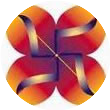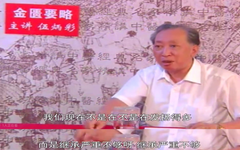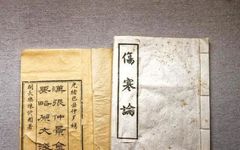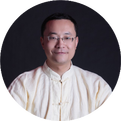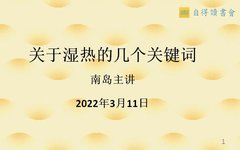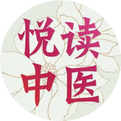Understanding Tongue Diagnosis: Tongue Coating, Tongue Body, and Various Tongue Patterns (Self-Learning TCM Tongue Diagnosis)
For listeners who enjoy audiobooks, you can click below to listen to the audio. (1) Physiology of the Tongue 1. Tongue Body: The muscular tissue of the tongue, nourished by blood. 2. Tongue Coating: The white, semi-transparent mucous membrane on the surface of the tongue, generated by the stomach qi. (2) Relationship Between the Tongue … Read more

